Grain 1:
Q1. What is the purpose of the e-learning module?
a. Teach university teachers how to create an Escape Room
b. Provide teachers with better digital skills
c. Teach students how to play an escape game
Q2. What is ECVET?
a. A technical framework for the transfer, recognition and accumulation of learning outcomes for acquiring qualifications
b. ECVET is not based on learning outcomes, which refer to knowledge, skills and competences
c. Improves the compatibility between the various existing vocational education and training (VET) systems in the world and the qualifications they offer
Q3. The methodology of STEAMER Project will take its roots in:
a. Gamification
b. Game-Based-Learning
Grain 2:
Q1. What is the best definition of a needs analysis?
a. The best way to find out what students pretend to obtain at the end of a course.
b. A needs analysis is a set of questions to get to know the potential abilities.
c. A choice to start designing a course based on needs.
d. The difference between what a learner can do and what he or she should be able to do.
Q2. Who are the main users of a need analysis?
a. Teachers, parents, students
b. Officers in the ministry of education and parents
c. Testing personnel, teachers and learners
Q3. A disadvantage of a need analysis through interviews is:
a. Information can be superficial
b. It takes time to administer the information
c. Sometimes people do not feel comfortable in interview settings
Grain 3:
Q1. Which word means “the time by which something must be completed”?
a. Goal
b. Consequence
c. Deadline
Q2. The 60-minute time limit for an educational escape room:
a. Offers sufficient time for students to work as a team
b. Does not allow for a sufficient number of puzzles to be used
Q3. The difficulty of the puzzles for the different learning styles and types of participants is determined
a. Before the learner needs analysis has been performed
b. Once the user type of participants in the escape room have been identified
Grain 4:
Q1. The advantages of the competitive approach are:
a. Improvement of the learning outcomes and motivation of participants
b. Supportiveness for partners
c. Students can learn from one another
Q2. The teacher’s feedback to participants on how well they collaborated is called:
a. Structuring the task
b. Debriefing
c. Monitoring the group performance
Q3. What does competitive learning mean?
a. Do everything you can to succeed individually.
b. Be receptive to the needs of society.
c. Be able to solve problems collaboratively.
d. All of the above
Grains 1 – 4:
Q1. When designing your Escape Room you should define the needs of the participants first. What does it include?
a. Age, background and learning specificities
b. Age, background and learning objectives
c. Age, background and learning environments
Q2. During the Escape Room, the teacher should not give hints:
a. When requested
b. Before the experience
c. When they are needed
Answers
Grain 1
Q1: b
Q2: a
Q3: b
Grain 2
Q1: d
Q2: c
Q3: b
Grain 3
Q1: c
Q2: a
Q3: b
Grain 4
Q1: a
Q2: b
Q3: d
Grain 1-4
Q1: a
Q2: b
